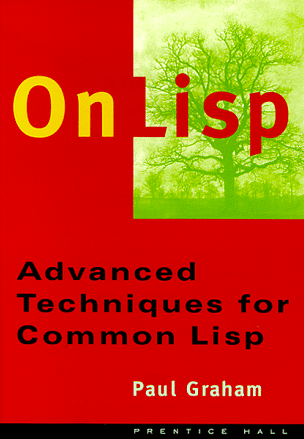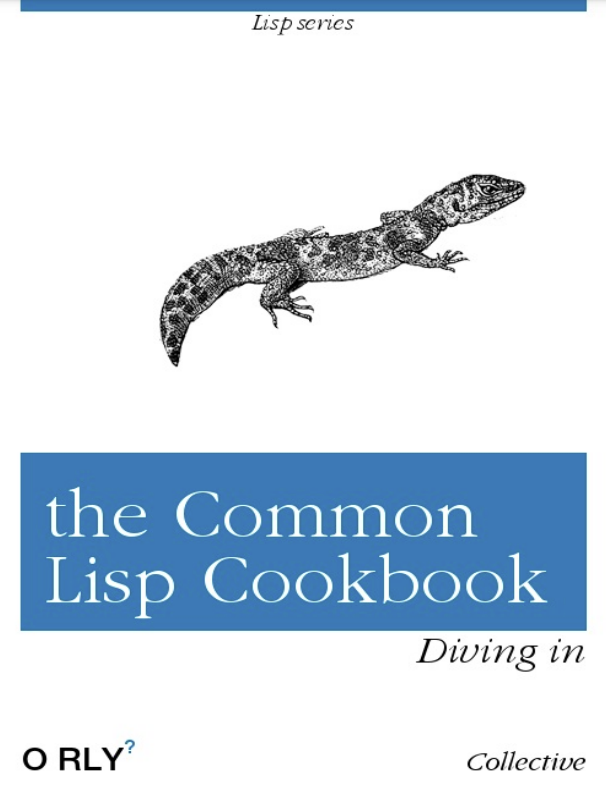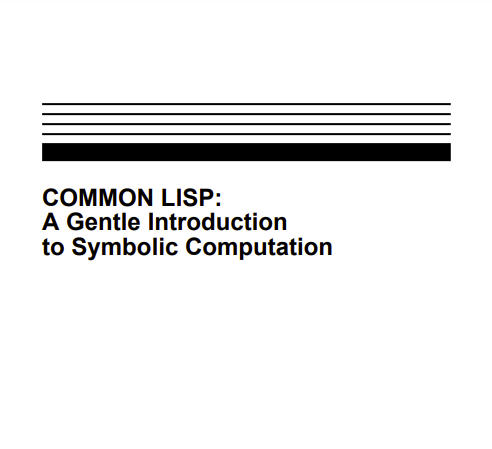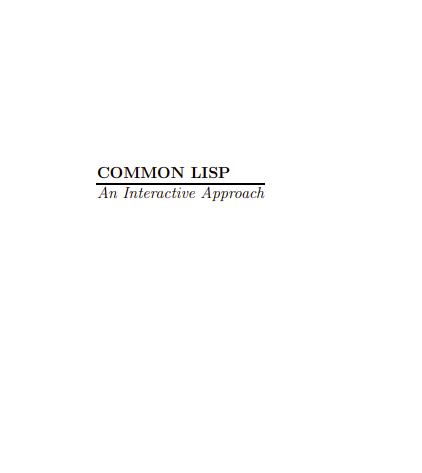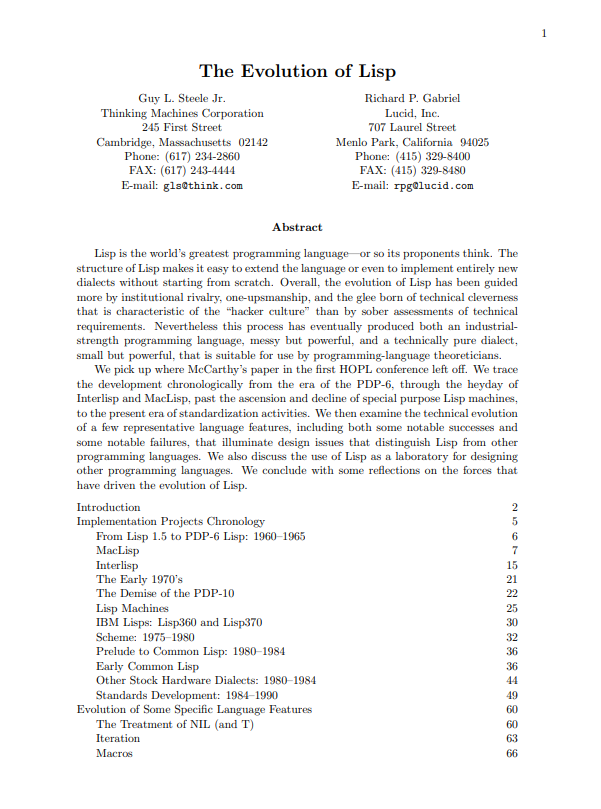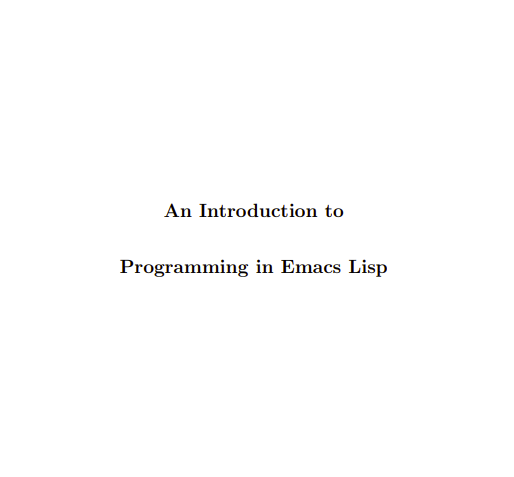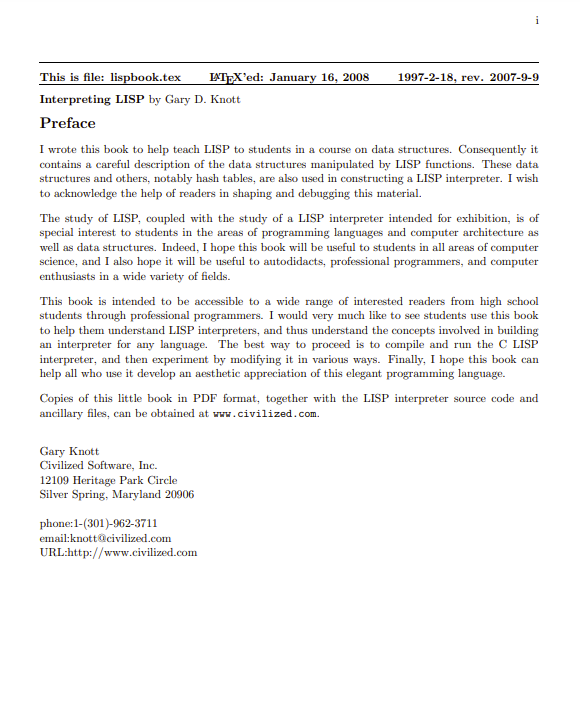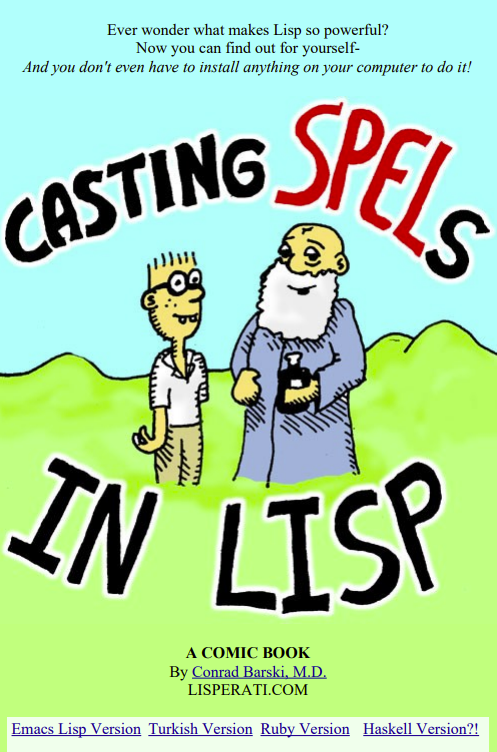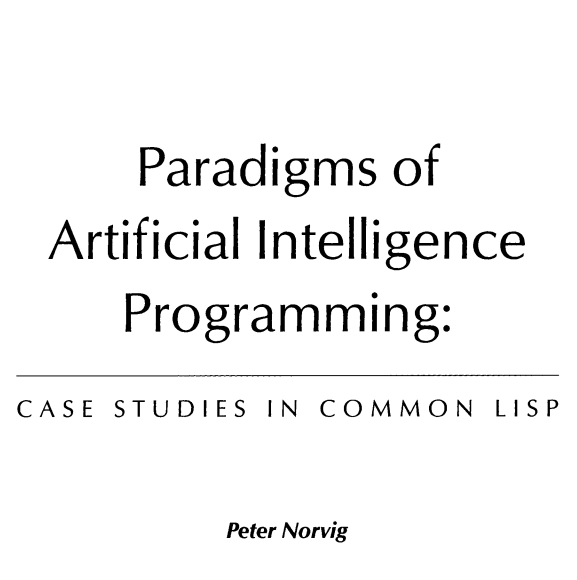This book is intended for anyone who wants to become a better Lisp programmer. It assumes some familiarity with Lisp, but not necessarily extensive programming experience. The first few chapters contain a fair amount of review. I hope that these sections will be interesting to more experienced Lisp programmers as well, because they present familiar subjects in a new light.
It’s difficult to convey the essence of a programming language in one sentence, but John Foderaro has come close:
Lisp is a programmable programming language.
There is more to Lisp than this, but the ability to bend Lisp to one’s will is a large part of what distinguishes a Lisp expert from a novice. As well as writing their programs down toward the language, experienced Lisp programmers build the language up toward their programs. This book teaches how to program in the bottom-up style for which Lisp is inherently well-suited.
Bottom-up Design
Bottom-up design is becoming more important as software grows in complexity. Programs today may have to meet specifications which are extremely complex, or even open-ended. Under such circumstances, the traditional top-down method sometimes breaks down. In its place there has evolved a style of programming quite different from what is currently taught in most computer science courses: a bottom-up style in which a program is written as a series of layers, each one acting as a sort of programming language for the one above. X Windows and TEX are examples of programs written in this style.
The theme of this book is twofold: that Lisp is a natural language for programs written in the bottom-up style, and that the bottom-up style is a natural way to write Lisp programs. On Lisp will thus be of interest to two classes of readers. For people interested in writing extensible programs, this book will show what you can do if you have the right language. For Lisp programmers, this book offers a practical explanation of how to use Lisp to its best advantage.
The title is intended to stress the importance of bottom-up programming in Lisp. Instead of just writing your program in Lisp, you can write your own language on Lisp, and write your program in that.
It is possible to write programs bottom-up in any language, but Lisp is the most natural vehicle for this style of programming. In Lisp, bottom-up design is not a special technique reserved for unusually large or difficult programs. Any substantial program will be written partly in this style. Lisp was meant from the start to be an extensible language. The language itself is mostly a collection of Lisp functions, no different from the ones you define yourself. What’s more, Lisp functions can be expressed as lists, which are Lisp data structures. This means you can write Lisp functions which generate Lisp code.
A good Lisp programmer must know how to take advantage of this possibility. The usual way to do so is by defining a kind of operator called a macro. Mastering macros is one of the most important steps in moving from writing correct Lisp programs to writing beautiful ones. Introductory Lisp books have room for no more than a quick overview of macros: an explanation of what macros are, together with a few examples which hint at the strange and wonderful things you can do with them. Those strange and wonderful things will receive special attention here. One of the aims of this book is to collect in one place all that people have till now had to learn from experience about macros.
Understandably, introductory Lisp books do not emphasize the differences between Lisp and other languages. They have to get their message across to students who have, for the most part, been schooled to think of programs in Pascal terms. It would only confuse matters to explain that, while defun looks like a procedure definition, it is actually a program-writing program that generates code which builds a functional object and indexes it under the symbol given as the first argument.
One of the purposes of this book is to explain what makes Lisp different from other languages. When I began, I knew that, all other things being equal, I would much rather write programs in Lisp than in C or Pascal or Fortran. I knew also that this was not merely a question of taste. But I realized that if I was actually going to claim that Lisp was in some ways a better language, I had better be prepared to explain why.
